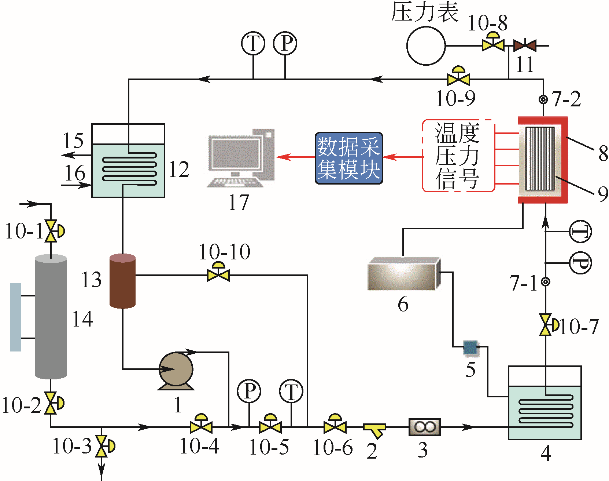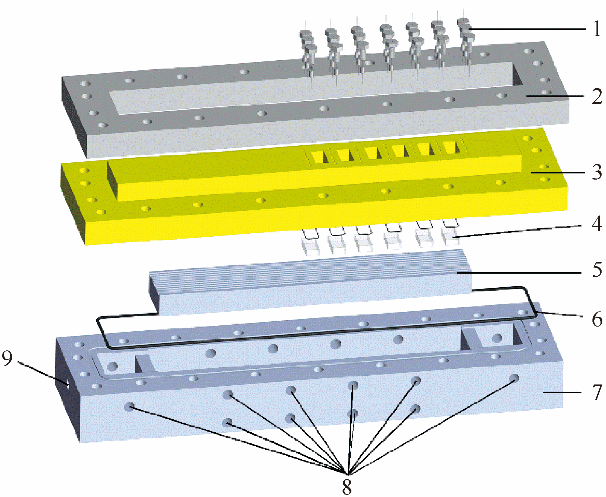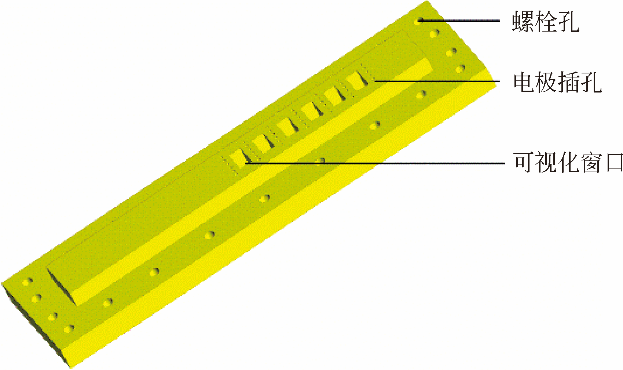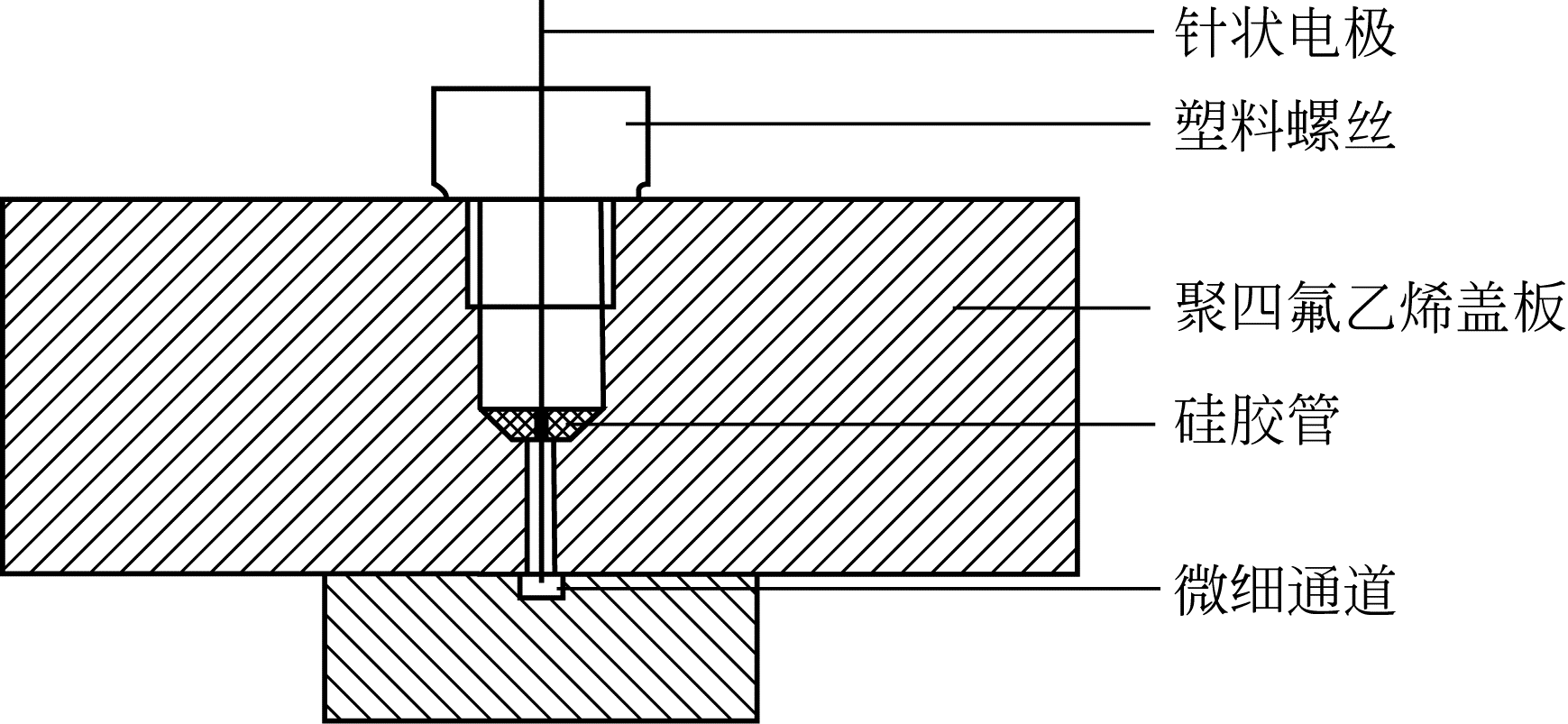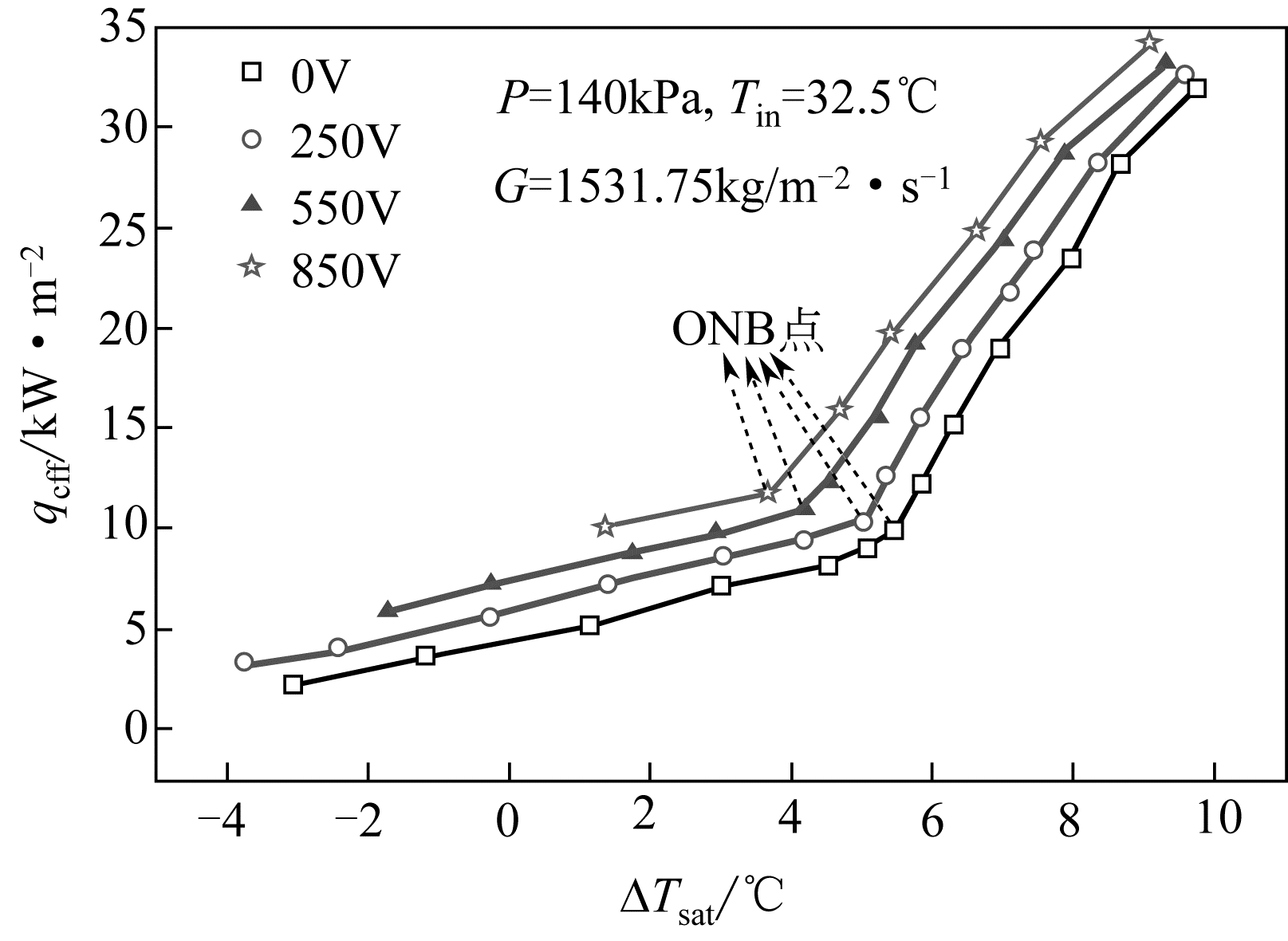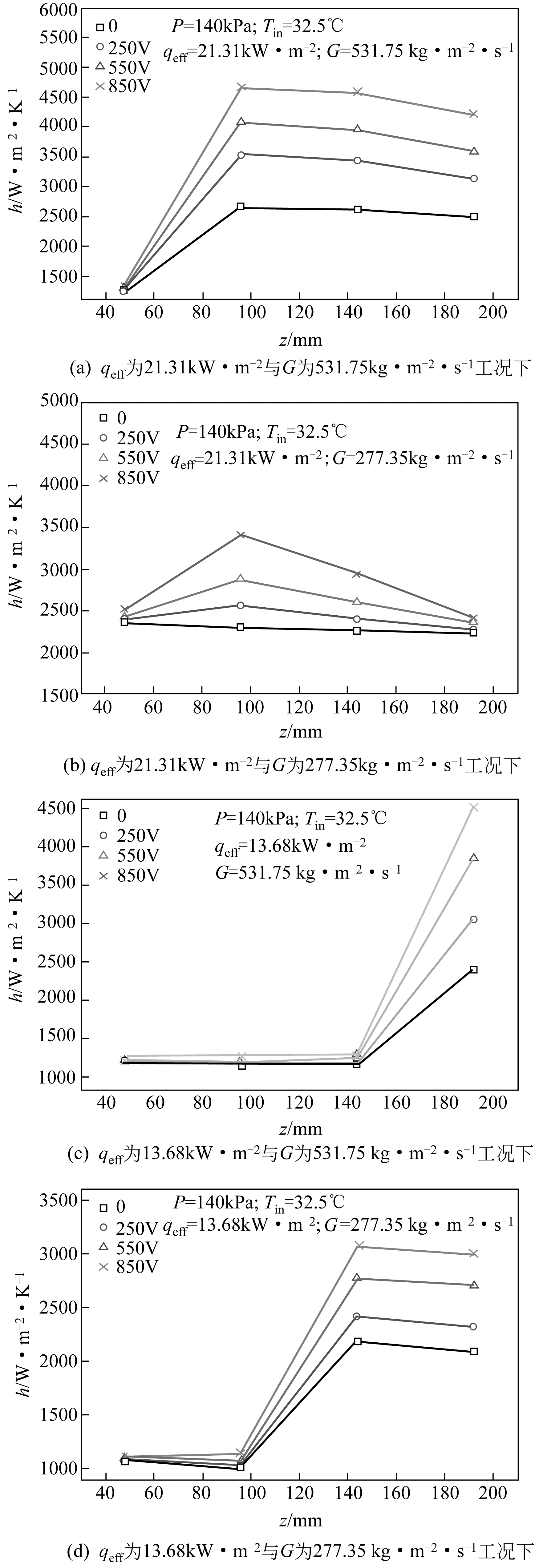| 1 |
TUCKERMAND B, PEASER F W. High-performance heat sinking for VLSI[J]. IEEE Electron Device Letters, 1981, 2(5): 126-129.
|
| 2 |
WEIX J, JOSHIY, PATTERSONM K. Experimental and numerical study of a stacked microchannel heat sink for liquid cooling of microelectronic devices[J]. Journal of Heat Transfer, 2007, 129(10): 1432-1444.
|
| 3 |
ZHANGC Q, TANGZ Y, ZHANGZ Q, et al. Impact of airside fouling on microchannel heat exchangers[J]. Applied Thermal Engineering, 2018, 128: 42-50.
|
| 4 |
WANGZ J, LIX, WANGW L, et al. Combination of bio- and chemocatalysis for dynamic kinetic resolution: the assembly strategies for nanozeolite-modified flow microchannel reactors[J]. Journal of Catalysis, 2013, 300:1-8.
|
| 5 |
MOSSR W, SHIREG S F, HENSHALLP, et al. Optimal passage size for solar collector microchannel and tube-on-plate absorbers[J]. Solar Energy, 2017, 153:718-731.
|
| 6 |
FENGZ F, LUOX P, ZHANGJ X, et al. Effects of electric field on flow boiling heat transfer in a vertical minichannel heat sink[J]. International Journal of Heat and Mass Transfer, 2018, 124: 726-741.
|
| 7 |
WANGP, LEWINP L, SWAFFIELDD J, et al. Electric field effects on boiling heat transfer of liquid nitrogen[J]. Cryogenics, 2009, 49(8): 379-389.
|
| 8 |
MARCOP D, GRASSIW. Effects of external electric field on pool boiling: comparison of terrestrial and microgravity data in the ARIEL experiment[J]. Experimental Thermal and Fluid Science, 2011, 35(5): 780-787.
|
| 9 |
QUANX J, GAOM, CHENGP, et al. An experimental investigation of pool boiling heat transfer on smooth/rib surfaces under an electric field[J]. International Journal of Heat and Mass Transfer, 2015, 85: 595-608.
|
| 10 |
黄烜, 郁鸿凌, 董智广, 等. 均匀高压电场强化R123池沸腾传热实验研究[J]. 工程热物理学报, 2008(12): 2068-2070.
|
|
HUANGX, YUH L, DONGZ G, et al. Experimental study of pool boiling heat transfer enhancement with R123 under uniform electric field[J]. Journal of Engineering Thermophysics, 2008(12): 2068-2070.
|
| 11 |
ZHANGH B, YANY Y, ZUY Q. Numerical modelling of EHD effects on heat transfer and bubble shapes of nucleate boiling[J]. Applied Mathematical Modelling, 2010, 34(3): 626-638.
|
| 12 |
董智广, 程道来, 李瑞阳. 非均匀电场作用下汽泡的行为[J]. 化工进展, 2012, 31(11): 2420-2423.
|
|
DONGZ G, CHENGD L, LIR Y. An investigation of bubble behaviors in nonuniform electric field[J]. Chemical Industry and Engineering Progress, 2012, 31(11): 2420-2423.
|
| 13 |
BOGOJEVICD, SEFIANEK, DUURSMAG, et al. Bubble dynamics and flow boiling instabilities in microchannels[J]. International Journal of Heat and Mass Transfer, 2013, 58(1/2): 663-675.
|
| 14 |
XUJ L, SHENS, GANY H, et al. Transient flow pattern based microscale boiling heat transfer mechanisms[J]. Journal of Micromechanics and Microengineering, 2005, 15(6): 1344-1361.
|
| 15 |
DENGD, XIEY L, HUANGQ S, et al. On the flow boiling enhancement in interconnected reentrant microchannels[J]. International Journal of Heat and Mass Transfer, 2017, 108: 453-467.
|
| 16 |
WANGG D, CHENGP, BERGLESA E. Effects of inlet/outlet configurations on flow boiling instability in parallel microchannels[J]. International Journal of Heat and Mass Transfer, 2008, 51(9/10): 2267-2281.
|
| 17 |
LEE H, PARKI., MUDAWARI, et al. Micro-channel evaporator for space applications—1. Experimental pressure drop and heat transfer results for different orientations in earth gravity[J]. International Journal of Heat and Mass Transfer, 2014, 77(4): 1213-1230.
|
| 18 |
WUD, DUANY Y, YANGZ. Thermodynamic model for heterogeneous bubble nucleation in a temperature gradient[J]. Applied Physics Letters, 2010, 97(8): 277.
|
| 19 |
PENGM, WANGT H, WANGX D. Effect of longitudinal electrode arrangement on EHD-induced heat transfer enhancement in a rectangular channel[J]. International Journal of Heat and Mass Transfer, 2016, 93: 1072-1081.
|
| 20 |
CHEUNGK, OHADIM M, DESSIATOUNS, et al. EHD enhanced boiling coefficients and visualization of R134a over enhanced tubes[J]. Journal of Heat Transfer, 1995, 119(2): 332~338.
|
| 21 |
LAZAREKG M, BLACKS H. Evaporative heat transfer, pressure drop and critical heat flux in a small vertical tube with R113[J]. International Journal of Heat and Mass Transfer, 1982, 25(7): 945-960.
|
| 22 |
KEW P A, CORNWELLK. Correlations for the prediction of boiling heat transfer in small-diameter channels[J]. Applied Thermal Engineering, 1997, 17(8/9/10): 705-715.
|
| 23 |
SUNL, MISHIMAK. An evaluation of prediction methods for saturated flow boiling heat transfer in mini-channels[J]. International Journal of Heat and Mass Transfer, 2009, 52(23/24): 5323-5329.
|
 ),Chaoyong ZHANG,Jinxin ZHANG,Feng GUO
),Chaoyong ZHANG,Jinxin ZHANG,Feng GUO
